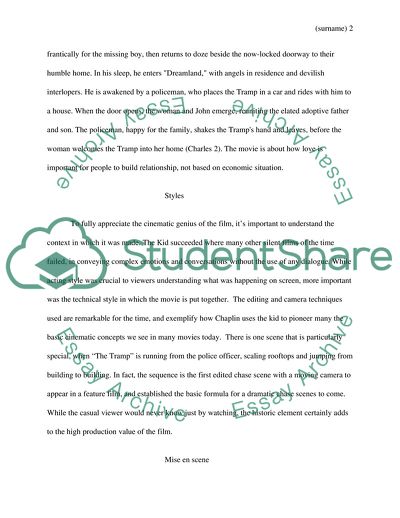Cite this document
(The Kid by Charles Chaplin Movie Review Example | Topics and Well Written Essays - 2000 words, n.d.)
The Kid by Charles Chaplin Movie Review Example | Topics and Well Written Essays - 2000 words. https://studentshare.org/visual-arts-film-studies/1811113-film-analysis-paper
The Kid by Charles Chaplin Movie Review Example | Topics and Well Written Essays - 2000 words. https://studentshare.org/visual-arts-film-studies/1811113-film-analysis-paper
(The Kid by Charles Chaplin Movie Review Example | Topics and Well Written Essays - 2000 Words)
The Kid by Charles Chaplin Movie Review Example | Topics and Well Written Essays - 2000 Words. https://studentshare.org/visual-arts-film-studies/1811113-film-analysis-paper.
The Kid by Charles Chaplin Movie Review Example | Topics and Well Written Essays - 2000 Words. https://studentshare.org/visual-arts-film-studies/1811113-film-analysis-paper.
“The Kid by Charles Chaplin Movie Review Example | Topics and Well Written Essays - 2000 Words”. https://studentshare.org/visual-arts-film-studies/1811113-film-analysis-paper.


